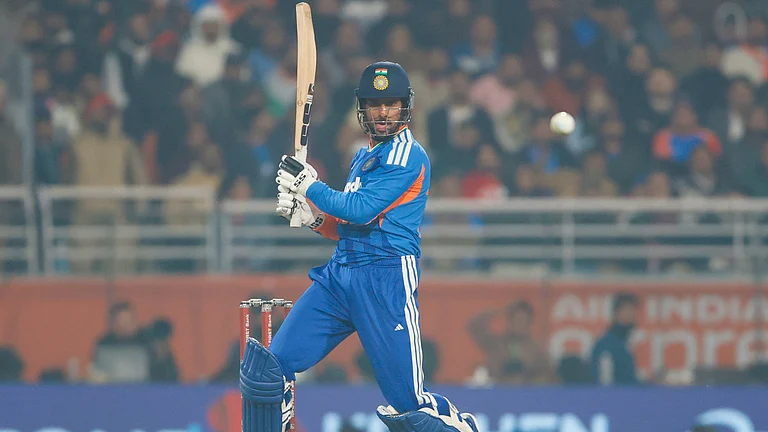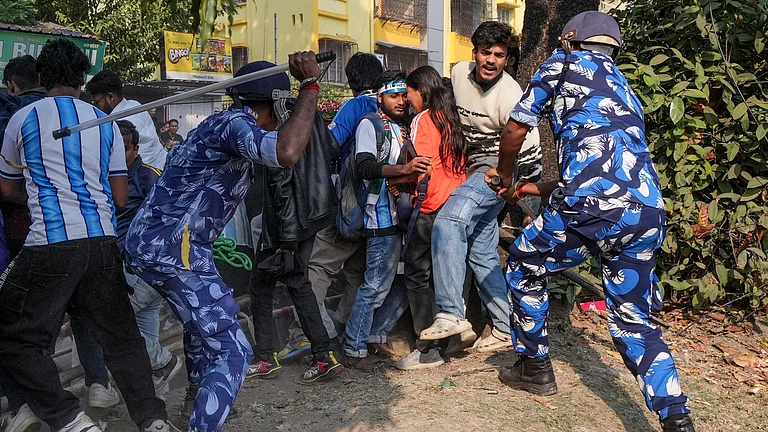Datta chalks up several firsts: how the Arya Samaj took a different shape in what is now Haryana than it did, say, in Punjab, and how the demonisation of the Muslim came to be central to its spread. Further, she explores the testimony of a woman who confesses to the violence she has been complicit in, someone who has no qualms about strengthening caste structures.
The central narrative is structured around one defining event: the murder of Arya Samaj leader Bhagatji in 1942, and the story of his daughter Subhasini who set up the women’s gurukul her father had planned. Although it is never clear who killed Bhagatji, five years later, in 1947, Hindu nationalists, with Subhasini’s tacit support, burn down an entire village of Muslims in revenge.
Subhasini’s free-ranging testimony forms the bulk of this interesting, disturbing book and Datta’s commentary on it poses several questions: how did Partition impact local, ‘other’ histories; what was the prehistory of much of Partition violence; where does the individual story intersect with and disrupt the master narrative; where do larger events touch individual stories; and how can an oblique perspective throw light on a mainstream history. Add to this the central question of the importance of the oral narrative as archive, document, and source of history, as well as the interplay of memory, history and the interviewer’s mediation and participation—these are all aspects that enrich this work.
























